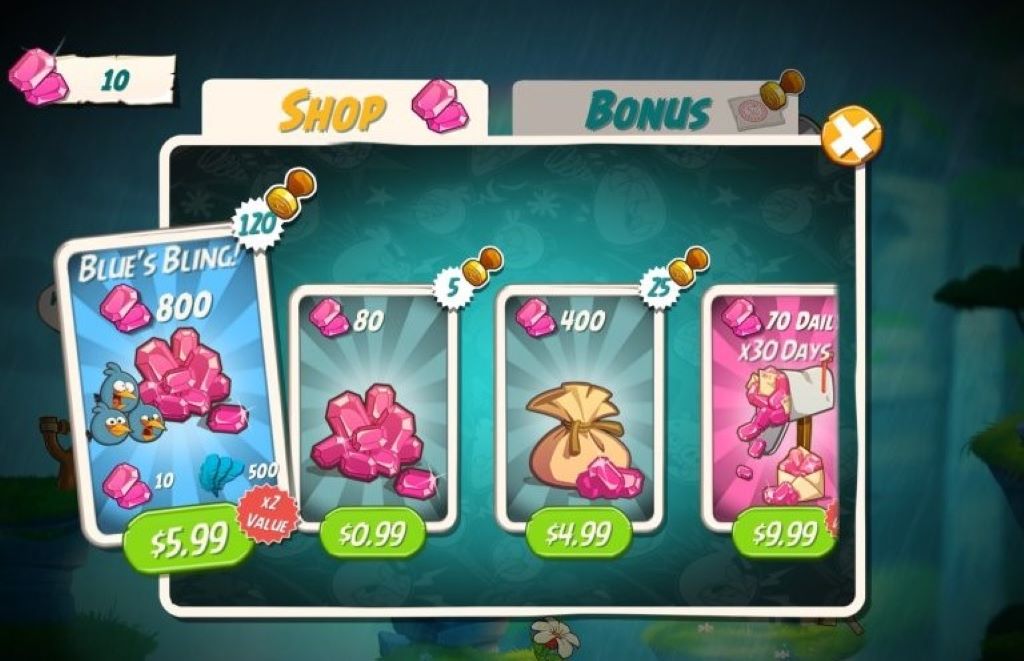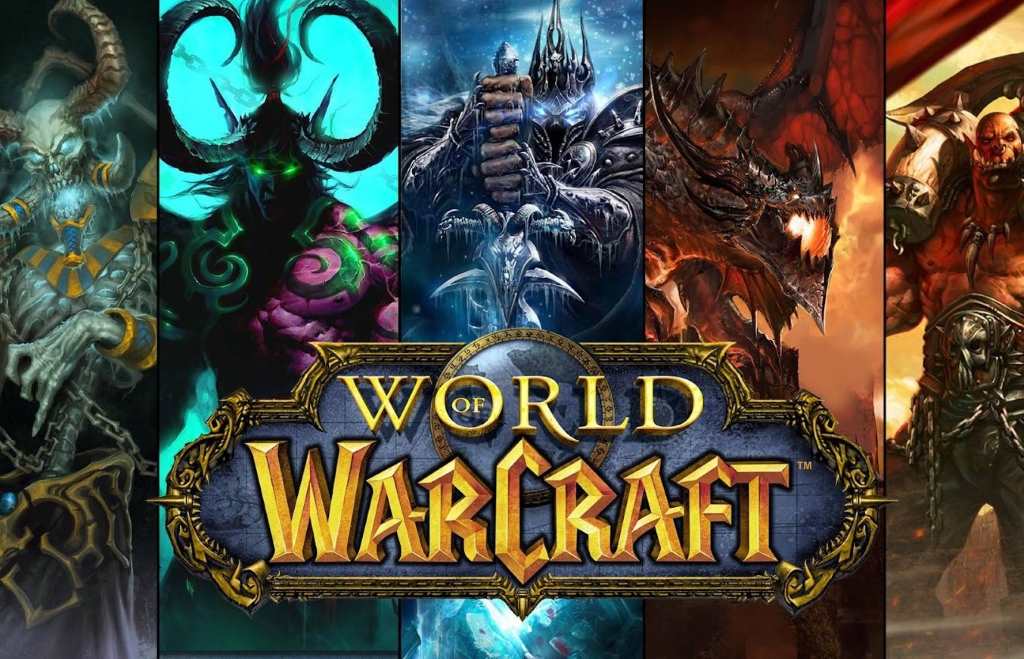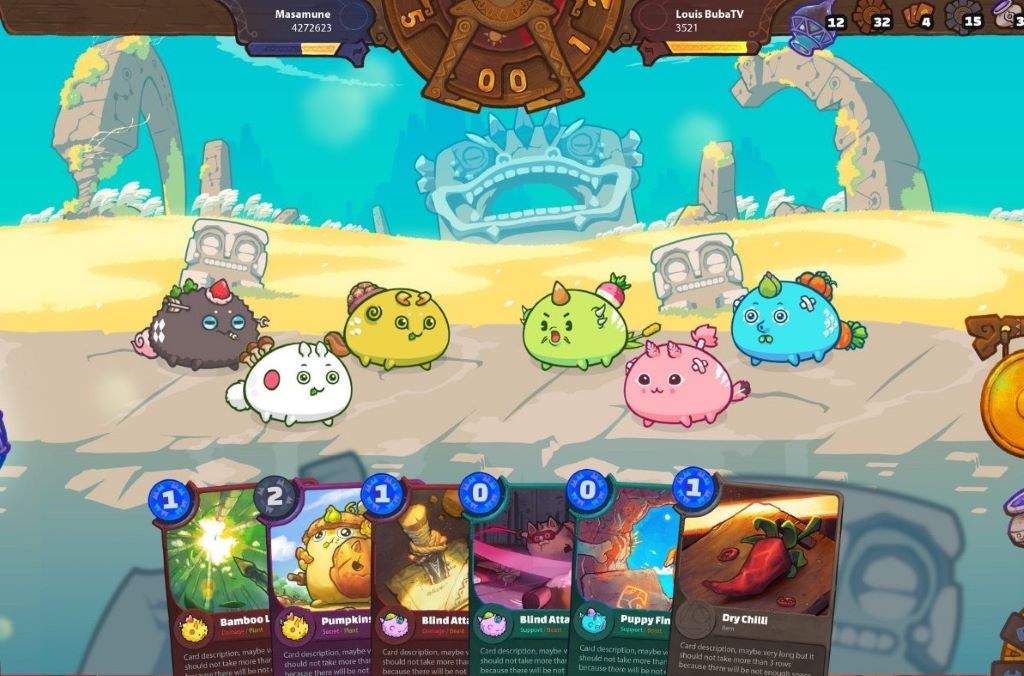
What is Video Game Monetization? Unraveling the Profitable Threads of Gaming Economics
In the ever-evolving landscape of the gaming industry, video game monetization has become a crucial aspect that significantly shapes the economics of game development and consumption.
As technology advances and gaming platforms multiply, developers and publishers are exploring innovative ways to generate revenue from their creations.
This article aims to delve into the intricacies of video game monetization, examining the various models employed and their impact on both the gaming industry and its diverse player base.
Understanding Video Game Monetization
Video game monetization refers to the methods and strategies implemented by game developers and publishers to generate revenue from their games.
While the traditional model involves a one-time purchase of the game, the industry has witnessed a paradigm shift towards more dynamic and diverse monetization models in recent years.
These models can be broadly categorized into four main types: upfront payment, free-to-play with microtransactions, subscription-based, and advertising-supported.
Upfront Payment Model
The traditional model of selling games involves an upfront payment where players purchase the entire game before playing.
This model was predominant in the earlier years of gaming and is still prevalent for many high-profile releases. Players pay a fixed price, and in return, they receive the complete gaming experience without any additional in-game purchases.
While this model ensures a steady stream of revenue for developers, it has its limitations, especially in the era of online multiplayer and constant updates.
Free-to-Play with Microtransactions
The free-to-play model has gained immense popularity, especially in the realm of mobile gaming. In this model, the game is offered for free, attracting a larger player base.

However, developers monetize the game through microtransactions, allowing players to purchase virtual items, cosmetic upgrades, or in-game currency.
This model encourages player engagement and can result in substantial revenue if the game captures a dedicated player community. Games like Fortnite and Genshin Impact have exemplified the success of this model.
Subscription-Based Model
Subscription-based models have become increasingly prevalent, providing players with access to a library of games for a recurring fee. Services like Xbox Game Pass, PlayStation Now, and EA Play offer subscribers a vast array of titles to play for a fixed monthly cost.
As technology advances, this model is attractive to both players and developers, as it provides a steady income stream and allows players to explore a variety of games without the need for individual purchases.
Advertising-Supported Model
The advertising-supported model involves offering games for free while integrating advertisements within the gaming experience.
Players can enjoy the game without any upfront cost, and developers generate revenue through advertising partnerships.
While this model may face resistance from players due to intrusive ads, when implemented thoughtfully, it can be a viable option for developers, especially in the mobile gaming sector.
The Impact of Monetization on Game Design
The chosen monetization model significantly influences the design and development of a game. Developers must strike a delicate balance between creating an engaging gaming experience and integrating monetization elements seamlessly.

For example, in free-to-play games with microtransactions, developers need to ensure that in-game purchases do not disrupt the overall gameplay or create an imbalance between paying and non-paying players.
The Rise of In-App Purchases and Loot Boxes
In-app purchases and loot boxes have become contentious elements in the realm of video game monetization. In-app purchases involve the direct buying of virtual items, upgrades, or currency within the game.
Loot boxes, on the other hand, present a randomized reward system where players spend real or in-game currency to receive a box containing random items of varying rarity.
While these mechanisms can enhance player engagement, they have also sparked debates over their resemblance to gambling and their potential negative impact on players, especially younger audiences.
Ethical Considerations and Player Experience
The pursuit of monetization sometimes raises ethical questions regarding player experience and fairness.
Issues such as pay-to-win mechanics, where players can gain a competitive advantage by spending money, can lead to dissatisfaction among players and negatively impact the reputation of a game.
Developers must carefully navigate these ethical considerations to maintain a positive player experience while maximizing revenue.
The Evolution of Virtual Economies
The implementation of in-game currencies and virtual economies has further expanded the scope of video game monetization.
Games like World of Warcraft pioneered the concept of virtual economies, where players could buy and sell in-game items and currency with real money.
This has evolved into a complex system in some modern games, with virtual items gaining real-world value through player-driven markets and third-party platforms.
The Role of Live Services and Regular Updates
Monetization models often rely on the concept of live services, where developers continuously provide updates, expansions, and additional content to keep players engaged over an extended period.

This approach allows developers to maintain a steady income stream from an existing player base, creating a symbiotic relationship between developers and players.
However, it also places pressure on graphics designer to consistently deliver high-quality content to retain player interest.
Balancing Monetization and Player Trust
Establishing and maintaining player trust is crucial for the long-term success of a game. Transparency in communication about monetization practices, fair pricing, and a commitment to providing value for money are essential components of building a positive relationship with the gaming community.
Developers that prioritize player satisfaction over short-term profits are more likely to create a loyal player base that supports the game over time.
Conclusion
Video game monetization is a multifaceted aspect of the gaming industry that plays a pivotal role in shaping the economics of game development and consumption.
The diverse models employed, from upfront payments to free-to-play with microtransactions, reflect the industry’s adaptability to changing player preferences and technological advancements.
While these models offer developers new avenues for revenue generation, ethical considerations and the impact on player experience must be carefully navigated to maintain a healthy gaming ecosystem.


